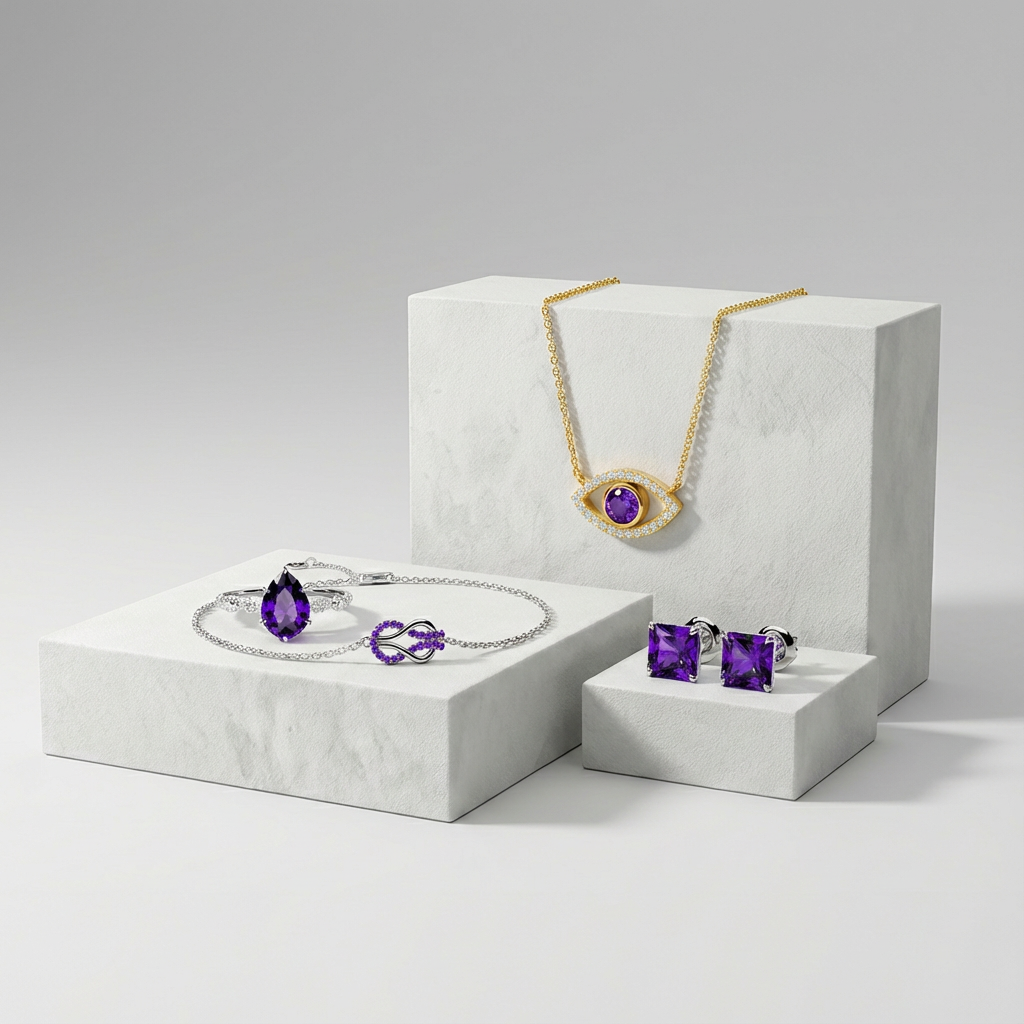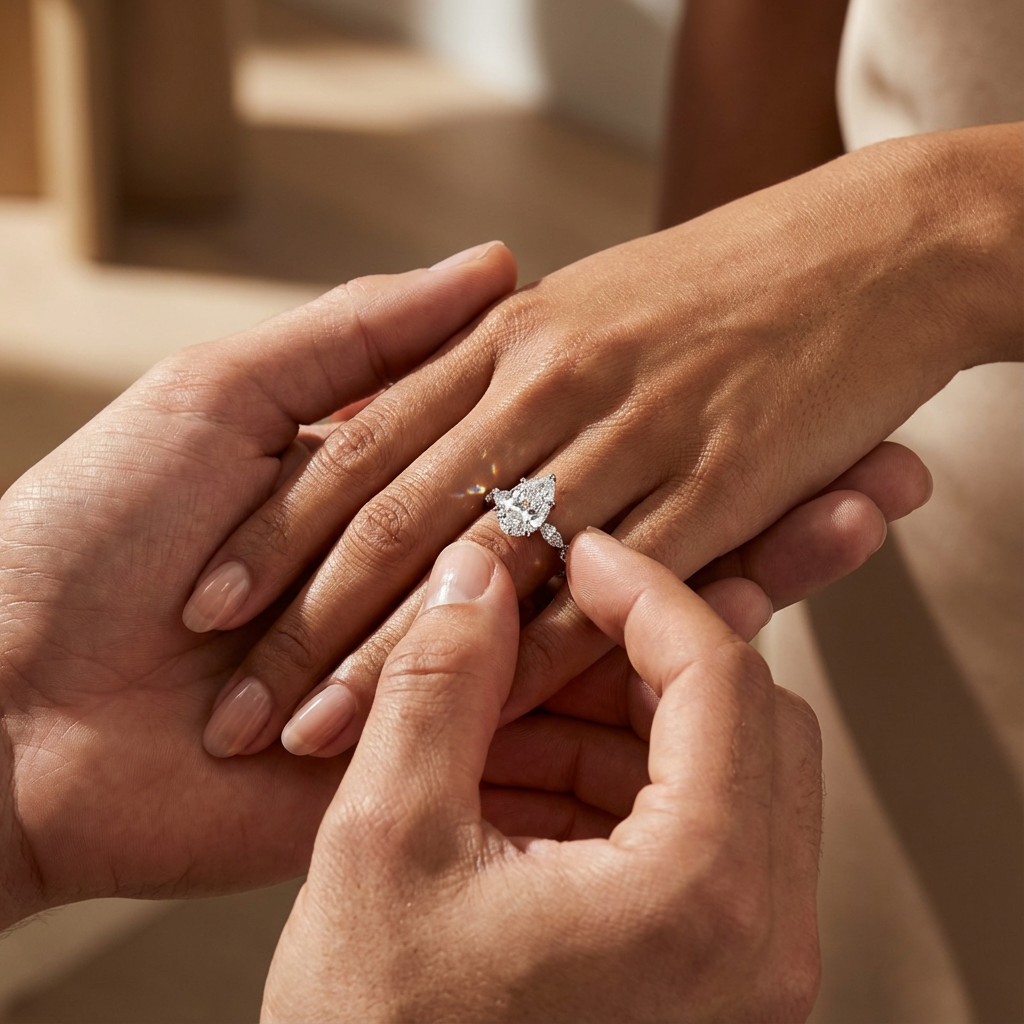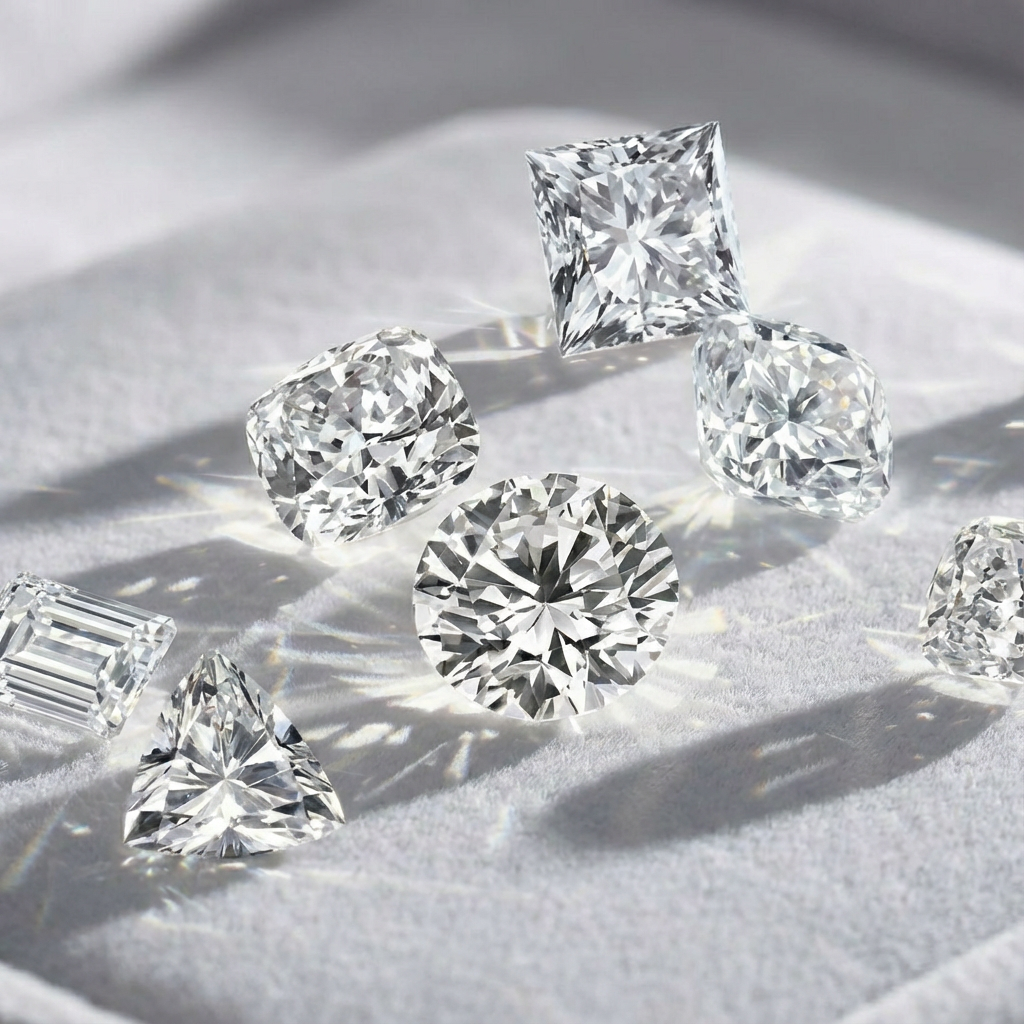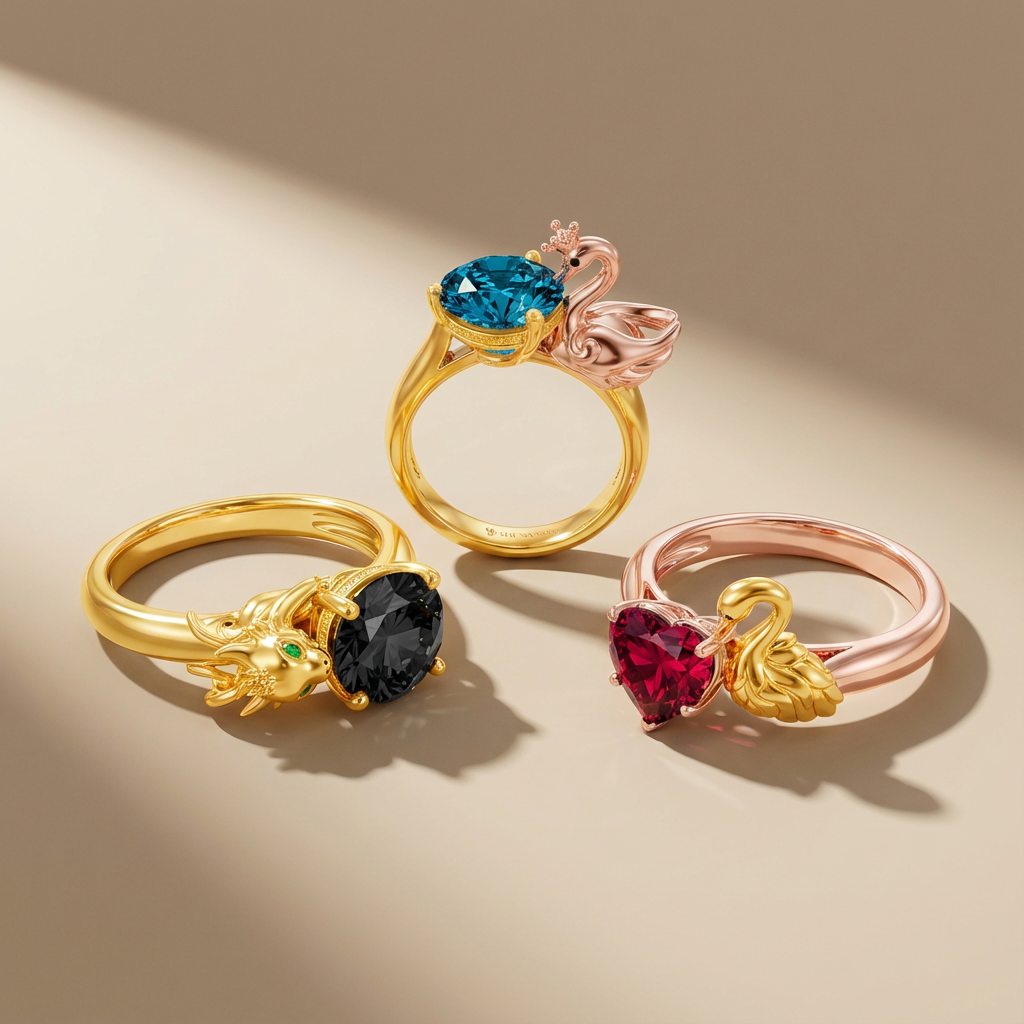When deciding on the ideal setting for jewelry, there are several options to weigh. Pave setting and channel setting are two trendy selections, each with benefits and drawbacks. Therefore, choosing between them is a matter of individual preference and the type of jewelry piece. SHE.SAID.YES's guide will assist you in discovering your inclination!
Pave Setting
The pave setting is a widespread technique in jewelry-making that involves setting tiny diamonds into the metal of a jewelry piece nearby. This meticulous technique is ideal for enhancing the beauty of engagement rings, earrings, and pendants. Skilled jewelers accomplish this setting by drilling small holes into the metal and carefully placing the diamonds in them, while tiny prongs or beads secure the diamonds in place. The stunning effect gives the jewelry a glittering, shiny, and mesmerizing appearance that continues to attract many. Furthermore, the pave setting’s ability to add elegance, beauty, and radiant glamour to any piece of jewelry makes it an exceptionally favored option.
Advantages:
- Provides a significant amount of sparkle and brilliance
- It can make smaller diamonds appear larger
- Creates a continuous and flowing look
Disadvantages:
- Can be more difficult to clean as debris can get caught in between small, closely-spaced diamonds
- May require more maintenance over time as small diamonds can loosen or fall out
Channel Setting
On the other hand, the channel setting technique is also popular in jewelry-making. It involves placing a row of diamonds or other precious stones into a “channel” formed by two strips of metal. This precise technique is perfect for accentuating the beauty of rings, bracelets, and necklaces. To ensure they are secure and aligned, skilled jewelers carry out this setting by carefully cutting the grooves in the metal and setting the stones in place. With its alluring and sophisticated appearance, the channel setting adds a touch of glamour to any piece of jewelry. Thus, this refinement, precision, and understated luxury make it popular for those seeking a timeless and classic look.
Advantages:
- Provides a high level of security for the diamonds
- Creates a clean and modern look, as the diamonds align neatly in the channel
- Offers a more contemporary look and feel
Disadvantages:
- Can be more challenging to size the ring as each diamond must be individually recut
- Can be more challenging to clean as debris can get caught in the channels
Which one should I choose?
When it comes to choosing between pave setting and channel setting, there is no one right answer. Both ring settings are popular for different reasons and offer unique benefits. The choice between the two will depend on the look you are trying to achieve, the type of jewelry piece you are considering, and your preference for maintenance and upkeep.
If you’re after a modern and sleek look with added protection for your diamonds, then a channel setting may be your best option. This setting style suits engagement rings, wedding bands, and other timeless jewelry pieces.
Alternatively, a pave setting might be ideal if you’re seeking a more dazzling and glamorous appearance. Due to their brilliant sparkle, pave settings allow you to showcase smaller diamonds, making them perfect for earrings, pendants, and other jewelry styles.
Both settings have their merits, so it’s really about deciding which suits your style and the specific piece of jewelry you have in mind. Whatever you choose, pave and channel settings are excellent options that will bring beauty and elegance to your jewelry collection.














